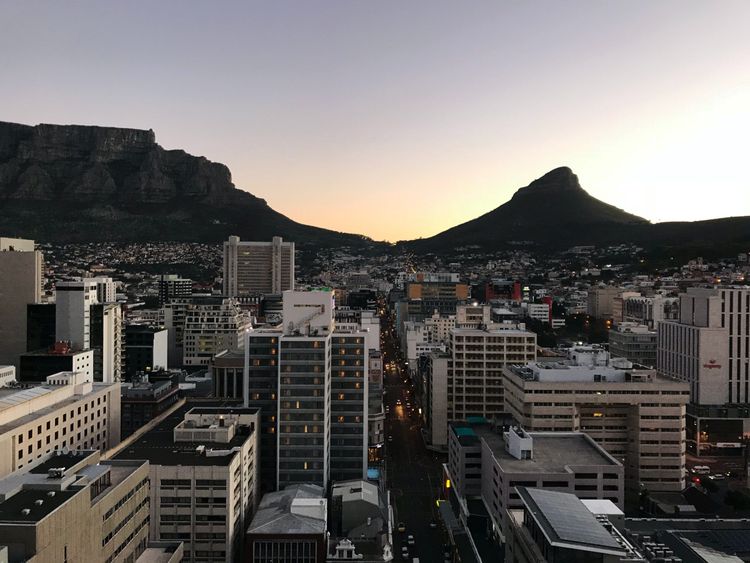Climate-Smart Utility Case Story
Water & Waste (Cape Town), South Africa
Over the past years, water supply in Cape town has been reliant on rain fed dams with management based on reconciling annual demand and supply system. Currently, the water supply system relies on six (6) large dams with a capacity of 900,000m3. Between 2015-2017, the city experienced three (3) consecutive years of low rainfall.
